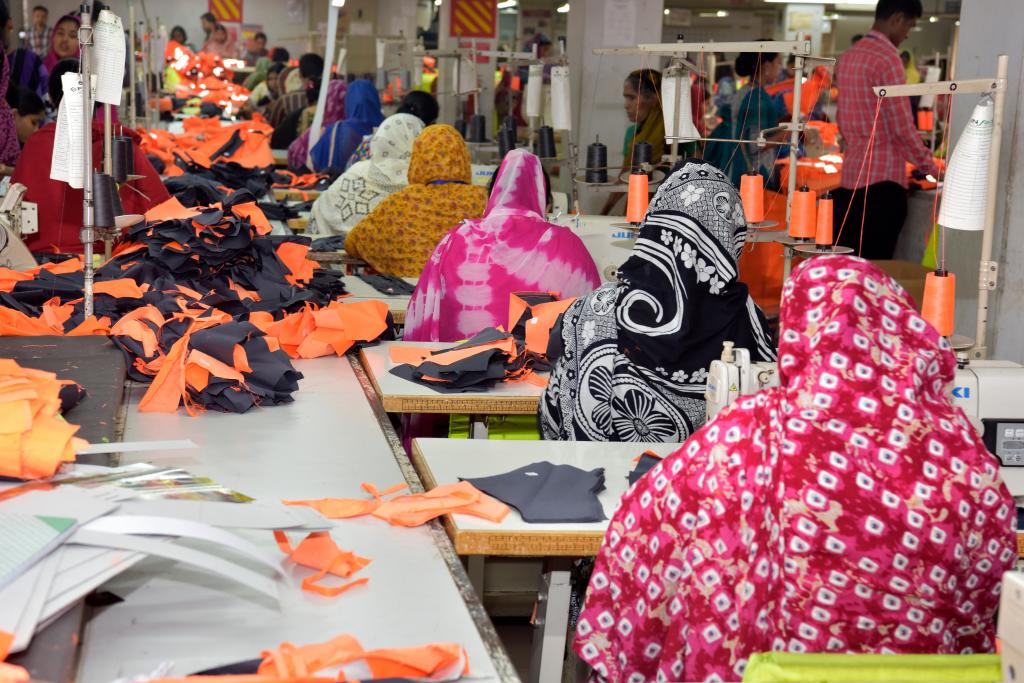The ready-made garment sector in Bangladesh accounts for over 80% of the country’s export earnings and it is one of the largest employers in the urban, formal sector. Fueled by an ever-expanding foreign demand, it has grown at an annual rate of 11% for over a decade, prior to the pandemic.
Despite this trajectory, the conditions in the labor market have lagged behind: the gender wage gap is large and the promotion of women remains stagnant (Menzel and Woodruff 2021, Macchiavello et al 2021), extreme urban poverty is on the rise (BBS, 2016), and there are large disparities in wages and working conditions across plants (Boudreau et al 2020, Labor Force Survey 2017). What is preventing the labor market from reaping the benefits of the success of the export sector?
This project studies spatial frictions as a barrier to labor market adjustments, necessary for the improvement of working conditions and welfare. The project builds on very rich data. First, we leverage a high-frequency (weekly) survey of about 1,500 garment workers. This extremely detailed database provides 200,000 datapoints of a “real-time observatory” of garment workers over the last 3.5 years. Second, we exploit customs records of all exports from ready-made garment plants, to construct location-specific export shocks. The main contribution of this research is to explain how these export shocks to local labor markets spread over space and induce (or not) workers’ mobility.


